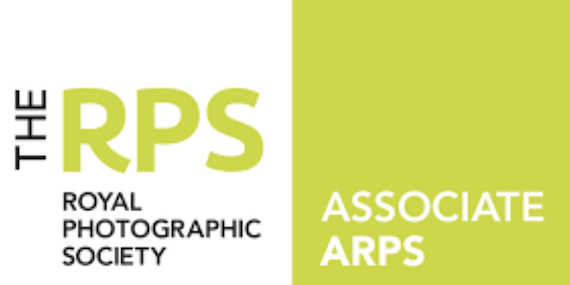City Scapes, Family shots, Museums, The Queen
Born to ceramic potter Gisela Struth and bank director Heinrich Struth in Geldern, Germany,[1] Struth trained at the Düsseldorf Academy from 1973 until 1980 where he initially studied painting under Peter Kleemann and, from 1974, Gerhard Richter. Increasingly drawn to photography and with Richter's support, Struth, along with Candida Höfer, Axel Hütte, and Roswitha Ronkholz, joined the first year of the new photography class run by Bernd and Hilla Becher, in 1976.[2] In 2007, he was an artist in residence at the Atlantic Center for the Arts.
In 2007, Struth married author Tara Bray Smith in New York.
Work
Born to ceramic potter Gisela Struth and bank director Heinrich Struth in Geldern, Germany,[1] Struth trained at the Düsseldorf Academy from 1973 until 1980 where he initially studied painting under Peter Kleemann and, from 1974, Gerhard Richter. Increasingly drawn to photography and with Richter's support, Struth, along with Candida Höfer, Axel Hütte, and Roswitha Ronkholz, joined the first year of the new photography class run by Bernd and Hilla Becher, in 1976.[2] In 2007, he was an artist in residence at the Atlantic Center for the Arts.
In 2007, Struth married author Tara Bray Smith in New York.
Work
In 1976, as part of a student exhibition at the Academy, Struth first showed a grid composed of 49 photographs taken from a centralized perspective on Düsseldorf’s deserted streets, each of them obeying a strict logic of central symmetry. The compositions are simple and the photographs are neither staged nor digitally manipulated in post-production. Strong contrasts of light and shade are also avoided, Struth preferring the greyish, uninflected light of early morning. This serves to enhance the neutral treatment of the scenes.
In 1977, Struth and Hütte travelled to England for two months and teamed up to photograph different aspects of housing in the urban context of East London. In 1978 Struth was the first artist in residence at P.S. 1 Studios, Long Island City.[citation needed] In 1979 Struth travelled to Paris to visit Thomas Schütte, a fellow student at the Kunstakademie, and continued his photographs of cityscapes. He went on to produce similar series in Rome (1984), Edinburgh (1985), Tokyo (1986), and elsewhere. These early works largely consisted of black-and-white shots of streets. Skyscrapers were another feature of his work, with many of his photographs attempting to show the relationship people have with their modern-day environment.
In the mid-1980s, Struth added a new dimension to his work when he started to produce family portraits, some of which are in colour and others in black and white. This was after a meeting with psychoanalyst Ingo Hartmann. As a result, these works attempt to show the underlying social dynamics within a seemingly still photograph.
In 1989, Struth began work on his best-known cycle, Museum Photographs, devoted to the visitors to some of the world's great museums and buildings, including The Art Institute of Chicago, the Musée du Louvre in Paris, the Accademia in Venice, and the Pantheon in Rome.
https://www.google.com/search?q=Thomas+Struth&tbm=isch&ved=2ahUKEwiUwJvJp4PoAhUJQBoKHf9SBGAQ2-cCegQIABAA&oq=Thomas+Struth&gs_l=img.3..0l10.51264.51264..52999...0.0..0.67.67.1......0....1..gws-wiz-img.FbRWvHh_EbA&ei=De1gXtSFLYmAaf-lkYAG&bih=1260&biw=1640
https://en.wikipedia.org/wiki/Thomas_Struth
